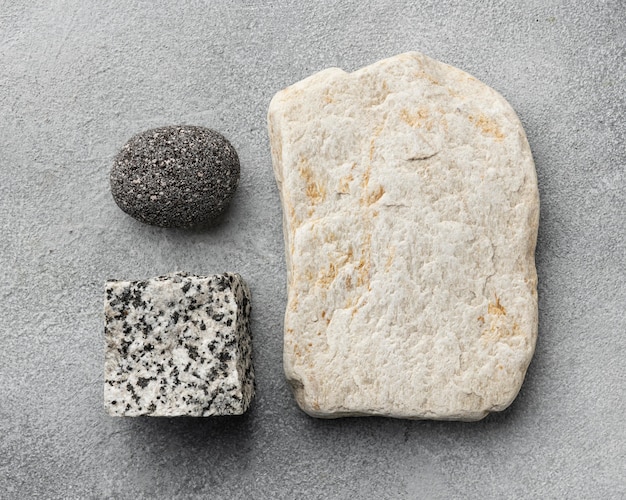
Have you ever heard of a konjac sponge? It’s a beauty tool derived from the konjac root, the same plant used to make miracle noodles, but don’t worry, you won’t be using pasta on your face. Instead, the konjac sponge is here to naturally cleanse, exfoliate, and nourish your skin, contributing to its growing popularity.
You might have seen these little colorful round sponges and wondered what they do. They’re made from the dried and ground root of the konjac plant, also known as the elephant yam, which is native to Asia. Asian cultures have relied on konjac root for over 2,000 years, and konjac sponges have been a staple there for about 100 years.
The production process is fairly straightforward. Konjac powder is mixed with calcium hydroxide, then heated, frozen, and dried. This yields an alkaline product that helps balance acidic skin pH. Sometimes, charcoal or green or red clay is added to target different skin types and draw out impurities.
I love body brushing for circulation, exfoliation, and pore cleansing, and a konjac sponge offers a similar benefit for your face. It’s great for tackling dry patches, acne, blackheads, and even eczema.
Konjac is rich in vitamins A, B, C, D, and E, along with proteins, lipids, fatty acids, copper, zinc, iron, and magnesium. It’s a powerhouse of nutrients and antioxidants and has even been historically used for tumor suppression. Plus, unlike many exfoliators that pollute the environment, konjac sponges are completely natural, non-toxic, and biodegradable—no microbeads found here!
Some people find the sponge effective with just water, as research suggests it inhibits acne-causing bacteria. You may have noticed different colored sponges, which aren’t just for appearance. Always check with the manufacturer if the colors are naturally derived or if any artificial ingredients are present. When in doubt, the basic white konjac sponge works wonders for skin health.
Konjac sponges are finer than washcloths and softer than loofahs or many face exfoliators. When wet, a slick and somewhat slimy layer forms on their surface, but it’s a good kind of slickness. The texture is somewhat similar to typical white makeup sponges.
To keep your konjac sponge fresh, disinfect it every 2 weeks by soaking it in very hot (but not boiling) water for about 5 minutes. After 4-6 weeks, or when it stops expanding and starts to break apart, it’s time for a new one.
What’s your go-to skin-cleansing method? Have you ever tried a konjac sponge? Let us know your thoughts!

